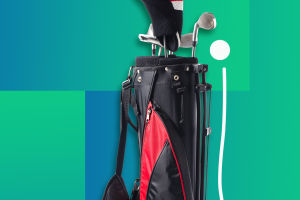A necessary condition for human survival is the need for an oxygenated environment. The ocean was the first anaerobic environment to be accessed by humans using protective coverings.
It has been a long-standing desire of people to swim under the sea.
A Chinese history book from 1,700 years ago, the Wei Zhi (Biography of the Japanese), already depicts scenes of fishermen diving for fish in the sea. By 1720, an Englishman had successfully salvaged the sea floor by diving 20 meters underwater using a custom-made wooden barrel.
The forerunner of today's professional diving was the mechanical dive, or helmet dive, invented 160 years ago in England by Gorman Bessie, who transported air from the water to the helper.
This type of diving first appeared in Japan in 1854 and in 1924 the use of glass goggles and the use of a "mask diving apparatus" to draw air from the surface using a pump was introduced, a precursor to scuba diving equipment.
This was the year the Japanese shocked the world by using a mask diving apparatus to dive 70 meters into the Mediterranean Sea and successfully retrieve the gold nuggets from the wreck of the Yasaka. Towards the end of the 1950s, France developed the open-ended 'air submersible', which became very popular in Europe and the USA around 1945. In recent years, advances in diving equipment have led to a boom in the sport and an increase in the number of people taking up diving and enjoying it.
Five simple and possibly overlooked diving tips
1. What to do if the BC valve fails during a dive?
There are usually two types of failure of the BC valve.
If the inflation cannot be stopped and causes over-inflation, your first response should be to remove the low-pressure fitting from the inflation valve to prevent the BC from continuing to inflate, then immediately pull the other quick-release valve on the BC to vent the excess air to slow down the ascent and terminate the dive.
If the BC fails to inflate, this is less of a problem as we are taught how to inflate the BC valve by mouth during the OPEN WATER course. If you still have problems, you can remove some counterweights to achieve more buoyancy.
2. What to do if you want to cough or vomit in the water?
Coughing or vomiting is not a problem above the water, but what about below the water?
Less experienced divers are often unaware that they can cough or vomit directly into the regulator. Of course, we can try to avoid the chance of vomiting, for example by taking seasickness medication. If you have to do so, remember not to remove the secondary head while vomiting.
After vomiting, remove the secondary head from your mouth and press the air release valve to clean out any debris from inside the secondary head. If you want to vomit again, remember to put the secondary head back in your mouth.
3. Why does your cylinder slip out of the BC halfway
Some of the straps will stretch out (loosen) when they hit the water, so please remember to wet the BC straps before securing the cylinder.
4. Why can't your get all the air out of my BC
Each BC has a different airbag design and it is possible that the valve is not positioned at the top of the BC causing some air to be trapped in the dead space of the airbag. You can rotate your stance to direct the remaining air to the quick-release valve and out through the valve.
Remember that just squeezing the BC with both hands without changing your stance will not help.
5. Why do you suddenly get a lot of water coming out
This is because the water is flowing from the nostrils to the bottom of the nose and the diver is diving in a very straight position, so the water inside the nose has no chance to drain because of the position.


